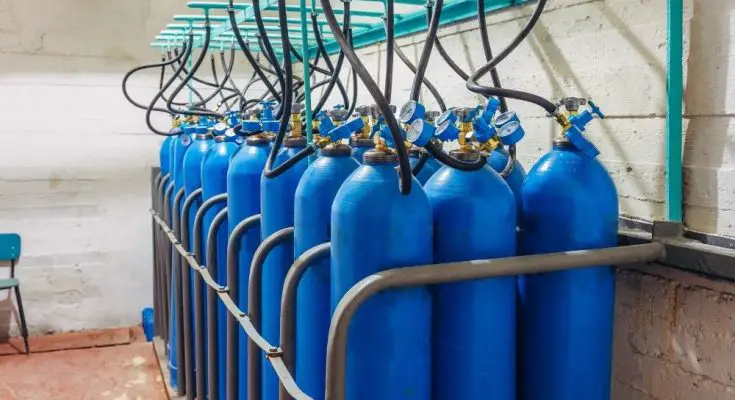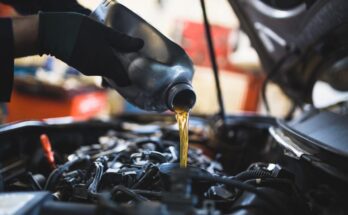If you work in an industrial field that has you completing tasks using gases or operating containers of the stuff, it’s a good idea to be aware of what those containers look like. That’s why we’ve put together a guide to the most common types of gas cylinders you should know. That way, you’ll be prepared to handle them if the need ever arises.
What Gas Cylinders Look Like
Let’s begin with the general shapes and designs of the most-used containers:
High-Pressure Cylinders
These are tall, narrow cylinders that you’ll typically see grouped together. They can withstand up to 10,000 psi, which is the highest in this list. They can be made of either steel or aluminum; each of these types has its pros and cons. Nitrogen, oxygen, and helium are some of the most common gases stored in high-pressure cylinders.
Low-Pressure Cylinders
On the opposite end, we have these short, fat cylinders. They hold a much lower amount of pressure, clocking in at around 500 psi. They’re much thinner, too, which makes them light and easy to carry. The best example of a gas that’s often stored in low-pressure cylinders is propane.
Cryogenic Containers
The last in our guide to the most common types of gas cylinders you should know is the cryogenic variation. This has a relief valve that vents out pressure when the surrounding temperature gets hotter. Due to that, the psi ranges from 20 to 500. These containers can contain argon and carbon dioxide.
What’s In Them
Now it’s time to determine what forms of gases you’ll usually find in these containers.
Liquified Gases
Some gases revert to a liquified state when left under pressure at average temperatures. They’re then reverted back to a gas when expelled from the cylinder. Propane is the main liquified gas that people know of, but other examples include nitrous oxide and chlorine.
Non-Liquified Gases
When certain gases are forced into the cylinder, these remain in their gaseous state. Also known as pressurized gases, nitrogen, oxygen, and carbon dioxide are the most frequent gases that act like this.
Dissolved Gases
Unlike liquified gases, dissolved gases get dissolved in a liquid phase solvent in order to stabilize. The most common type of gas in this category is acetylene, which will explode if exposed to standard atmospheric pressure. Obviously, these are the ones gases you’ll want to identify and be the most careful with.



